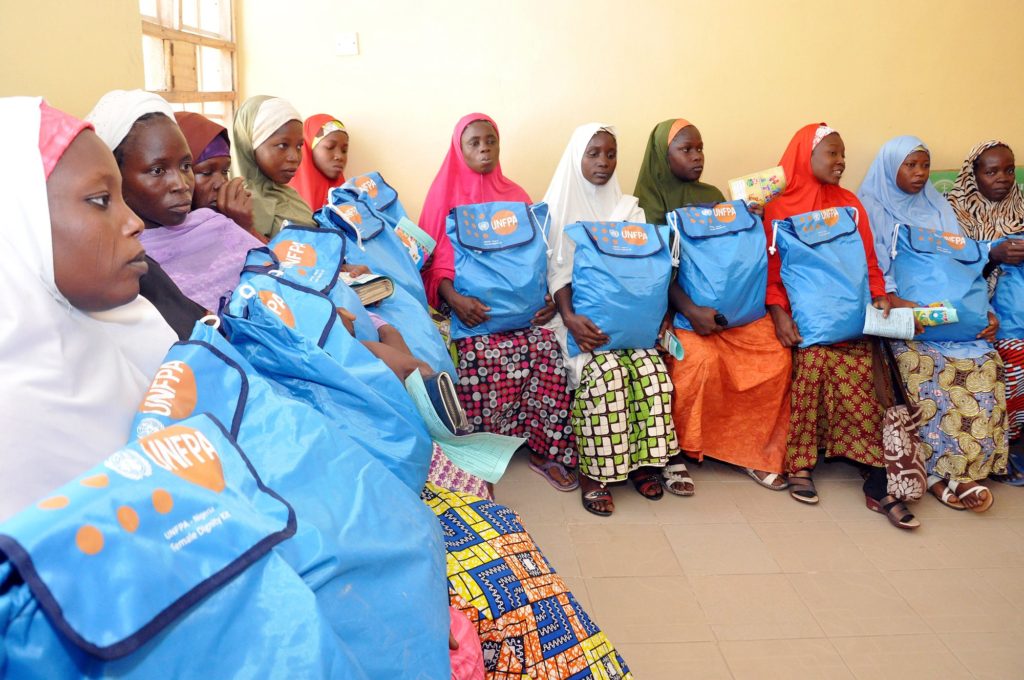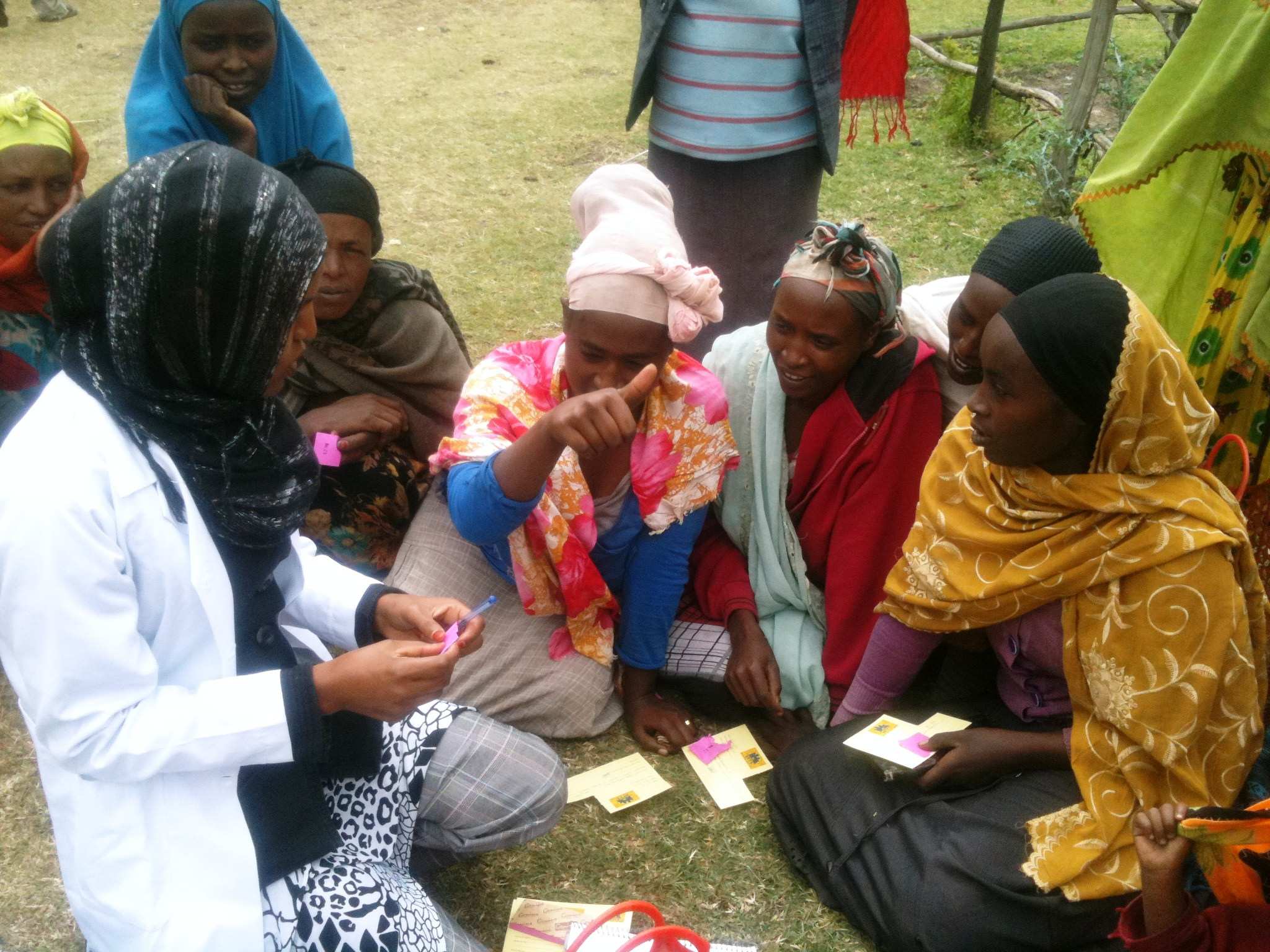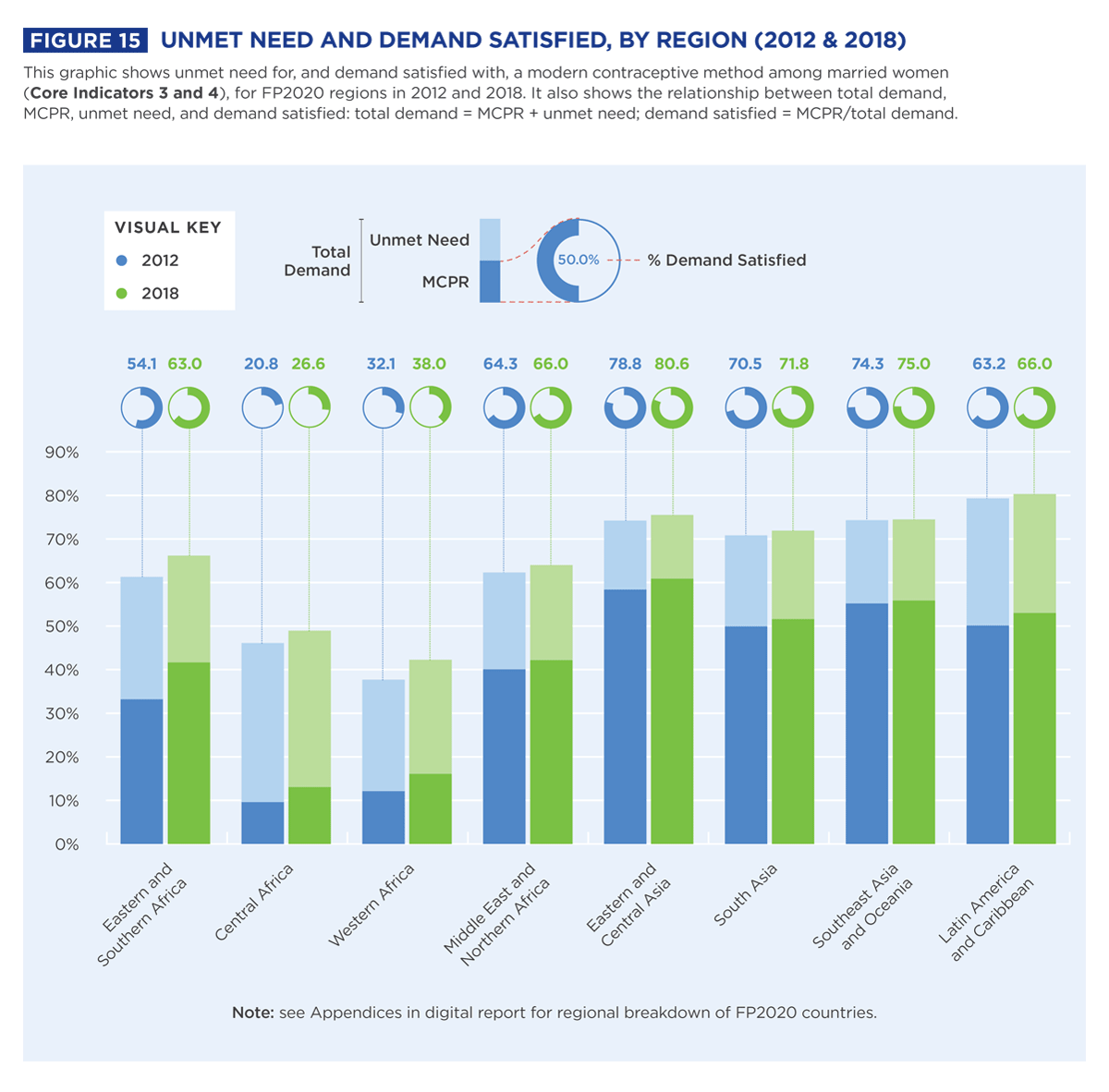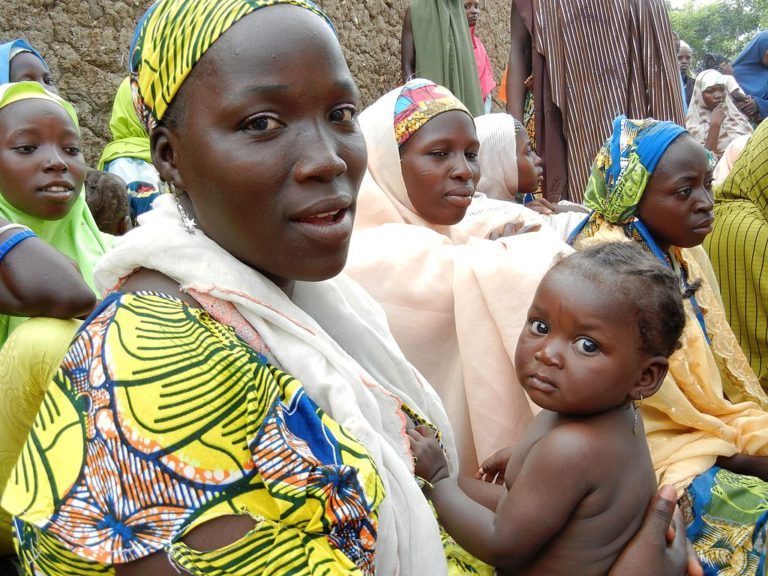
Running to stand still? Meeting family planning targets.
A new report shows that the world is still not on track to meet contraceptive use goals by 2020, largely due to lack of government action and funding shortfalls.

Slow progress
The number of women who have taken up modern contraception has increased by 46 million since a global family planning initiative was launched in 2012, but to meet its target of 120 million more women by 2020, another 74 million women would have to start using birth control in the next two years.
The latest annual progress report by the Family Planning 2020 Partnership (FP2020) was published on Monday at the International Conference on Family Planning in Kigali, Rwanda. The partnership aims to dramatically improve modern contraceptive use in the world’s 69 poorest countries but progress has been much slower than anticipated.
Reason for hope
There is good reason for hope as the number of women in poor countries using modern birth control has risen by 46 million over the last six years to 317 million. Progress has been greatest in Eastern and Southern Africa. Fifty-eight percent of women in Kenya, for example, are now using modern contraception, resulting in the prevention of 2 million unintended pregnancies since 2012.
The challenge of rapid population growth
The report points out that just maintaining 217 million users of modern contraception, the 2012 baseline, requires “enormous programmatic effort” – there are now 924 million women of reproductive age (15-49) in the 69 FP2020 focus countries, compared to 834 million in 2012.
Half of this population growth is from just five countries: India, Nigeria, Pakistan, Ethiopia, and Bangladesh. In these countries, no change in contraceptive prevalence (the proportion of women of reproductive age who are using contraception) still means an increase in the total number of women on birth control – but also in the number of women not using birth control.

Contraceptive methods
Use of sterilisation for women has declined and implants are becoming more common, but overall the most common method in each country has remained largely unchanged.
Lack of information on different contraceptive methods is still a major issue. In Pakistan, for example, only 14% of women reported receiving information on other methods and side effects when choosing their current method.
Barriers to family planning
Slow progress can be attributed to two causes: lack of access to family planning services and barriers to their uptake. The former is mainly due to insufficient funding and inadequate government action. Barriers to contraceptive uptake include inadequate education and information, lack of female empowerment, religious and cultural resistance, as well as cost.
Universal access to family planning by 2030 is one of the UN’s Sustainable Development Goals. Unfortunately, we will not meet this goal unless governments world-wide dramatically step up their efforts.
World Vasectomy Day
Today is World Vasectomy Day! Tubal ligation remains the most common form of contraception even though it is a more complicated, riskier procedure than vasectomy (male sterilization). The burden of family planning should be shared equally between men and women. Please help spread the word.

Protect global family planning
Family planning received a major blow in 2017 in the shape of President Trump’s reinstatement and expansion of the Global Gag Rule. The United Nations Population Fund (UNFPA) faces a shortfall of $350 million over the next three years, due in large part to the United States ending its funding. Please help protect global family planning from US cuts.

